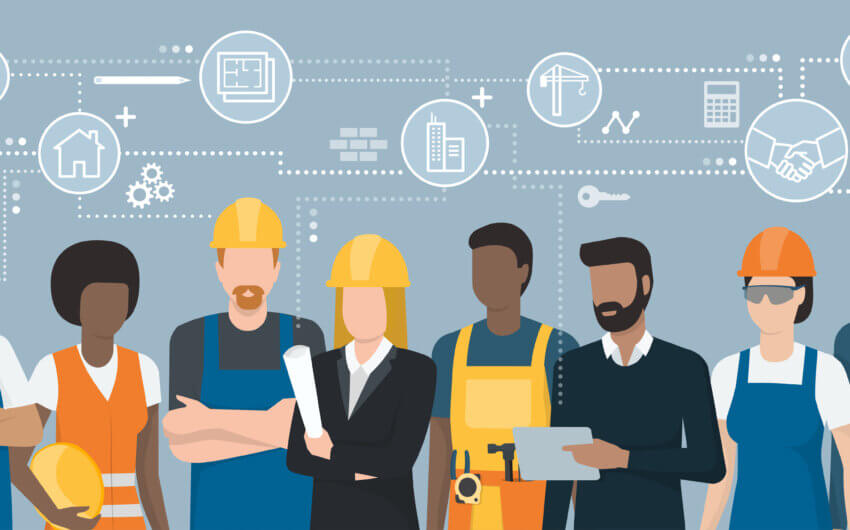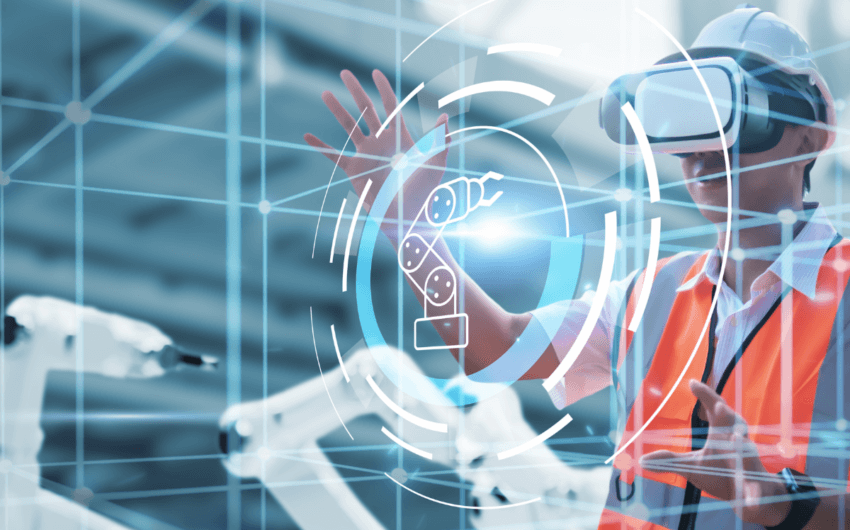1. Join FIRST®
If you’re still in grades K-12, there is simply no better way to gain experience working in an engineering environment than by joining a FIRST® league. FIRST® (For Inspiration and Recognition of Science and Technology) is an international youth organization providing programs that motivate K-12 students to pursue careers in science, technology, engineering, and math (STEM).
There are three categories of FIRST®—FIRST® Lego League, FIRST® Tech Challenge, and FIRST® Robotics.

Every year, students in the FIRST® Robotics league have a restricted amount of time, strict rules, and a limited budget to design and build a robot that performs defined tasks. Students strategize on the best approach to performing the tasks, design the robot and necessary components using CAD software, decide between purchasing or manufacturing the necessary components, test the design, and iterate on it. This hands-on experience with the entire engineering process exposes students to a typical engineering work environment. In addition to the engineering experience, students learn some of the soft skills necessary for a career in engineering and design.
Teamwork – Like a work environment, there are many different roles within a FIRST® Robotics team that must be filled–design, engineering, programming, manufacturing, managing financials, and others. All of these roles are vital and must work together for the team to be successful.
Leadership – Teams, whether in a work environment or on an FRC team, need leaders to function efficiently, make decisions, and most importantly to inspire and lead their team.
Communication – FIRST® teams operate under a set of strict requirements and deadlines, much like an engineering team does. Clear communication is necessary for keeping things moving forward and making difficult and timely decisions.
2. Seek Out College Engineering Groups
If you’re in college, simply attending class isn’t enough. Many college and university programs focus on engineering theory courses, and while these are really important subjects to know, they don’t provide the hands-on experience you’ll need to land a job.

Fortunately, most colleges and universities participate in programs such as SAE or ASME (Human Powered Vehicle) to provide this type of hands-on experience. It gives an opportunity for students to work in a group with other students in order to conceptualize, design, build, and compete on a variety of projects. Teams usually tackle a design challenge while facing strict competition requirements. Working under deadlines, within a budget, and utilizing the strengths of different members simulate a corporate engineering environment while also offering a space to build leadership, communication, and teamwork skills. It’s a lot of fun to compete in this way and it also opens you up to a network of mentors and alumni from previous years.
3. Get an Internship
Internships provide an excellent opportunity to get real-life experience from the industry. Machine shops and manufacturing companies are a great place to start because working in that environment will help you understand the true challenges of designing for manufacturing and the considerations you’ll need to make. You’ll get to know the equipment and manufacturing processes used to make products and eventually, will likely be able to work the equipment and learn how to run a press, lathe, or mill. You’ll also learn about the different types of materials and metals are used in different applications.

While I highly recommend starting with a manufacturing internship because understanding the principles of manufacturing is critical to being a good engineer or designer, an alternative route is to become a “CAD jockey.” If you’re able to build a high level of CAD proficiency, you may be able to find local companies needing modeling and design help because not all of their staff have proficient CAD skills.
4. Start a Personal Project
If the above options aren’t available to you, start thinking and acting like an engineer. Get curious about how things work, think about how you might improve everyday items, identify problems, and how you might approach building solutions for them.
In high school, for example, I desperately wanted a mountain bike light so I could ride at night. Unfortunately, I couldn’t afford one, so I decided to build my own using the CAD skills I learned in school, a set of calipers my dad had given me as a gift, and the machine shop equipment I had access to at school. This project forced me to think about designing a bike light using the materials and equipment available to me. I measured my handlebars, sketched out a clamping mechanism for the handlebars using two machined aluminum pieces, and tapped the holes for two screws so I could mount the brackets. Then I had to figure out how the electronics would work–how to match light bulbs with batteries, make sure the light would last long enough at night, and mount a switch. I was forced to work within my budget and be creative. I iterated on my design and went through two different prototypes before landing on a design that worked!

This project taught me a lot and gave me great talking points for future interviews when applying for my first engineering job. This type of learning gives you hands-on practice, but it also teaches you to work within constraints, think creatively for alternate ways to solve problems and achieve goals, and how to fail because engineers don’t often get it right on the first try.
Spending time on one or many of these options help build your resume and prepare you for a career in engineering. This hands-on experience and engineering mindset will prepare you and also set you apart from other candidates. Trying these options will also give you conviction knowing that engineering and design is the right career for you.























